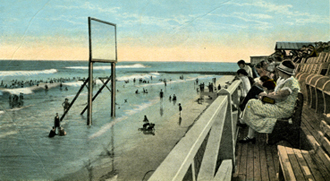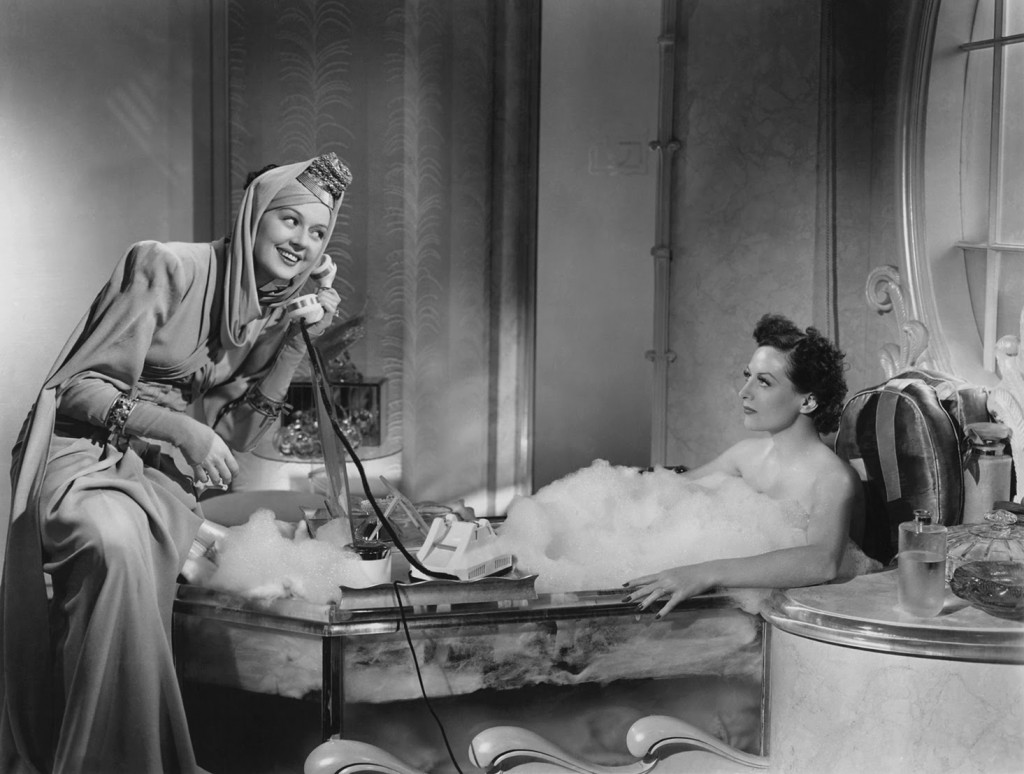I am sitting on the sidelines of today’s discussion about scholarly communication, publishing, peer review and collaboration. As a non-tenure track instructor, I have a larger service and teaching component to my academic review than for publishing. As a VR person, my push is often for fair use in copyright and not in the trenches of the scholarly publishing crisis like my library colleagues are experiencing. And I already blog regularly as the manager of the Art Department website, so I am used to writing and “publishing” on the fly, but not so much in a scholarly context and very much in the social outreach context. Even during the break, there is a lively argument about open scholarship going on at my workshop table. I know that this aspect of art history has to change and is changing but I don’t know what leverage I have to make the change I want to see.
So I am going to go back to my service and teaching–in training students and faculty, facilitating departmental DAH projects, and bridging the DH gap at my institution, I am hopefully aiming to create a group of academic colleagues who will themselves have and use that leverage. This has been such an exciting workshop that I feel ready to start the moment I get back on Monday. The reality of having to re-build my fall course Sakai website will take precedence for a little while, but I feel the support from the other workshop participants that will come through on twitter and in our blogs and even in some of our plans for future collaboration. Brave new world.
Valentino, when dressed, was frequently in his costuming exoticized as a cultural and racial other, a problematic layering of the feminizing of male otherness onto a consistently objectified (by the camera and by female fans) star’s body. This gender and race warping fluidity in the silent film era would be reduced under the Production Code into more rigidly separated westernized hetero-masculine (dominant, power-bearing) representation and, on the other side, invisibility and stereotype. For the future of DAH, I hope we can embrace the fluidity, of authorship, participation, process, publication, and pedagogy.
Source: Leaving the workshop behind and blogging into the DAH future


